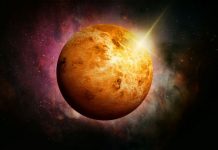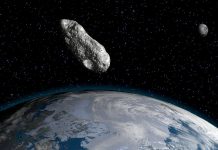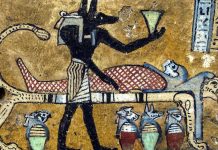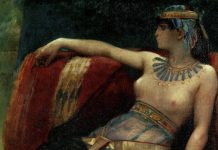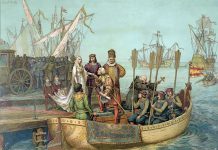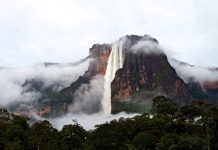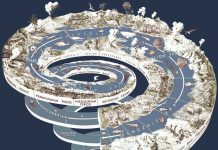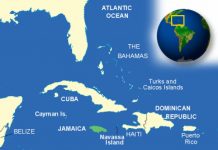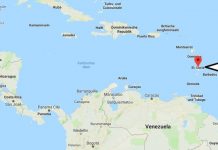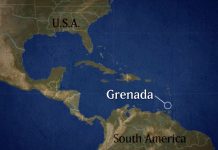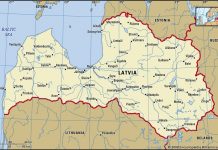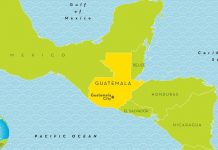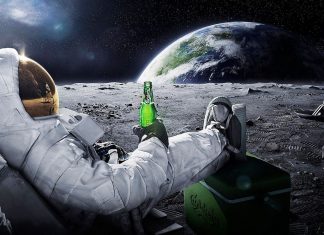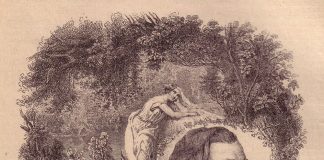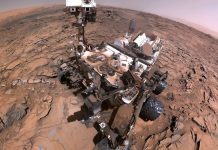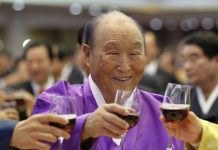Republic of Cuba
Capital: Havana
Area: 110,860 sq. km /42,803 sq. miles
Population: 10,960,000
Population density per sq. km/sq. mile: 99/256
Ethnic composition
The majority of the population is of mixed Spanish-African or Spanish-Indian descent. About a third are Europeans, one tenth are Africans.
Religion
All religions are allowed, but there is not one officially recognized. About 40% of the population are Catholics.
History
After being under Spanish rule since the XVI century. in 1898, Cuba went to the United States at the end of the Spanish-American War. This caused anti-colonial uprisings from 1868 to 1878 and from 1895 to 1898. Cuba became independent in 1902, but the United States retained its naval bases and the right to interfere in internal affairs until 1934. In 1933, Army Sergeant Fulgencio Batista (1901-1973) seized power and held Sedo 1944, when he left resign. However , in 1952 he seized power again in a bloodless coup, and began a period of rule that many of his compatriots call tyrannical.
The following year, a young lawyer and the son of a sugar planter, Dr. Fidel Castro Rus (born in 1927), tried to overthrow this regime, but the attempt failed. Castro went underground to prepare another attempt, returned in 1956, but was defeated again. He found refuge in the mountains with a native of Argentina, Dr. Ernesto (Che) Guevara (1928-1967) and ten accomplices and created a guerrilla unit to fight the corrupt regime of Batista.
In 1959, Castro’s squad finally succeeded, and Batista was removed, to the great joy of the population, and expelled from the country to the Dominican Republic. The 1940 Constitution was immediately repealed and replaced with the Basic Law, with all power transferred to the Council of Ministers, headed by Castro as Prime Minister and his brother Raul as his deputy. Che Guevara, who helped overthrow Batista, became the third figure in the state for Castro.
The following year, all US commercial structures in Cuba were nationalized without any compensation, which provoked the US to break off diplomatic relations. In 1961, they went even further, organizing a large-scale but unsuccessful invasion in April. In December of the same year, Castro announced that Cuba was now a communist state and would follow the Marxist-Leninist program of economic development, entailing radical land reform, nationalization of industry and investment in education and health care.
In 1961, Cuba was ousted from the Organization of American States (OAS), which was originally established as a regional agency of the United Nations, but came under the increasing influence of the United States. In 1961 – 1963, the administration of John F. Kennedy (1917-1963) in Washington initiated a complete political and economic blockade. In response
Castro went for closer relations with the Soviet Union, which in the same year provided missiles with atomic warheads for installation on Cuban territory. The crisis was overcome when, at the insistence of the American president, the missiles were dismantled. In 1965, under the pretext of fighting in other parts of the world, Che Guevara left Cuba.
From 1965 to 1972, with the help of the Soviet Union, Cuba created a strong economy and achieved social progress. However, many Cubans, deprived of their political rights, went abroad, especially to the USA, to Florida. In 1972, Cuba became a full member of the Council for Mutual Economic Assistance (COMECON), a Moscow-based organization linking communist states. Cuba became an exporter of sugar and received food, various equipment and oil in return, and by the 1980s 85% of its trade relations were with COMECON members. In 1976 The referendum approved a new socialist constitution, and Fidel Castro and his brother were elected president and vice president. The next five years showed that Cuba was playing an increasingly serious political role in world affairs, especially in Africa, which greatly worried the United States.
In 1981, after being re-elected for the next term, Castro offered to discuss foreign economic problems with the US administration, but the proposal was not accepted. His support of Argentina against Britain during the Falklands conflict of 1982 cooled relations with the United States, but improved them with Latin American countries. The US invasion of Grenada in 1983 again worsened diplomatic relations. Since the mid-1980s, when the Soviet Union, led by the reformist leader Mikhail Gorbachev, reacted negatively to the Brezhnev doctrine of maintaining revolutions in the “third world” countries, Cuba has taken a more peaceful position in its international relations, including relations with the United States. In 1988, it signed a peace treaty with South Africa, involving the withdrawal of Cuban troops from Angola. As a further indication of Cuba’s return to international politics, in September 1988 it established formal relations with the European Community.


